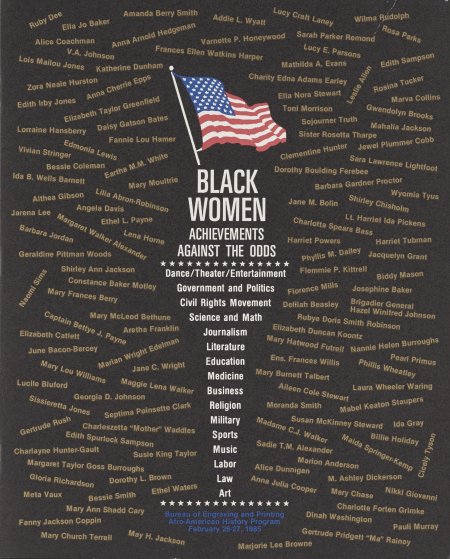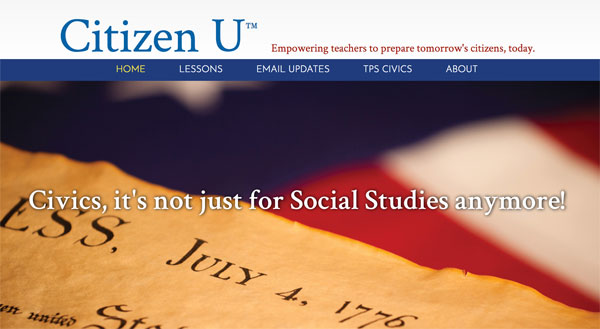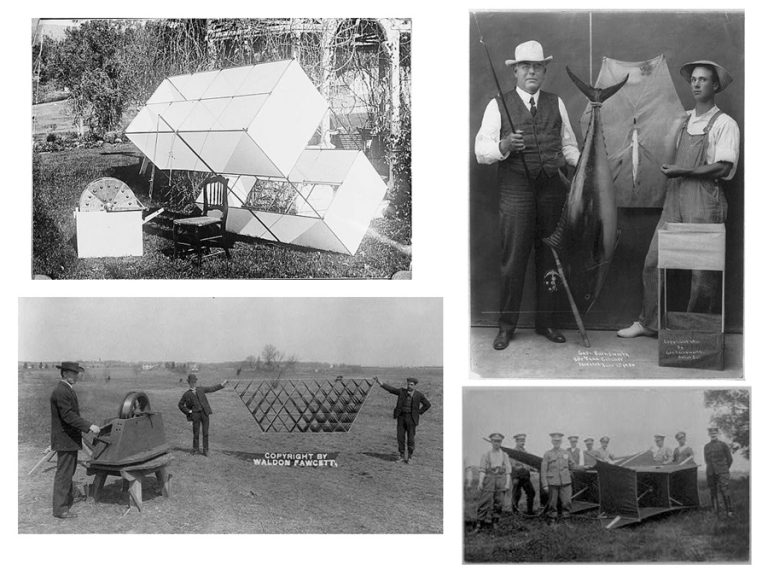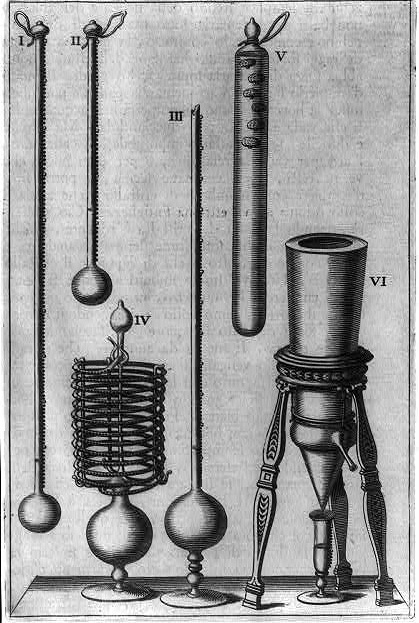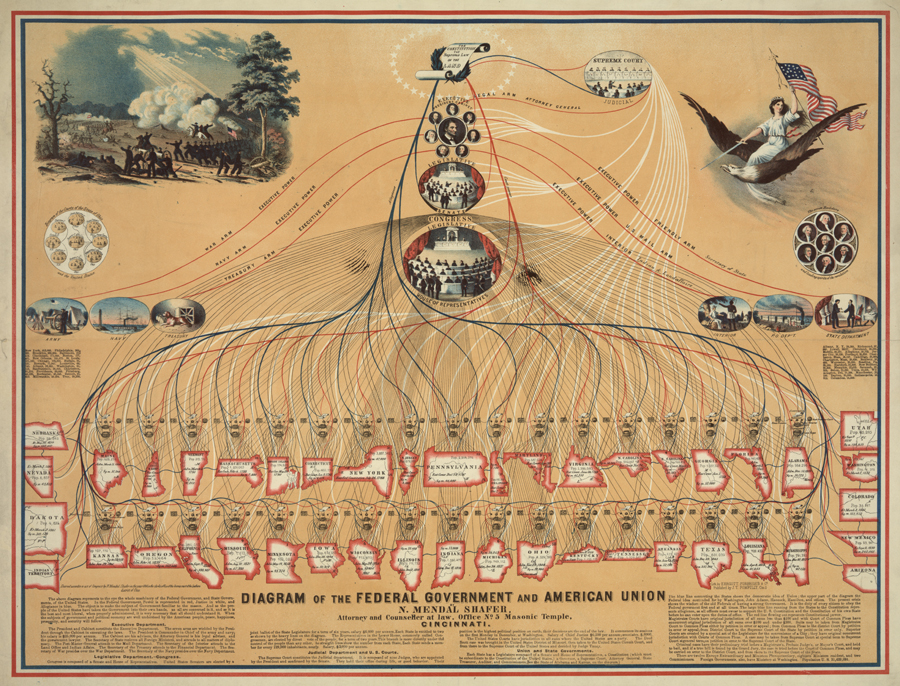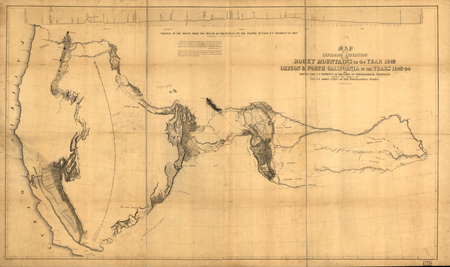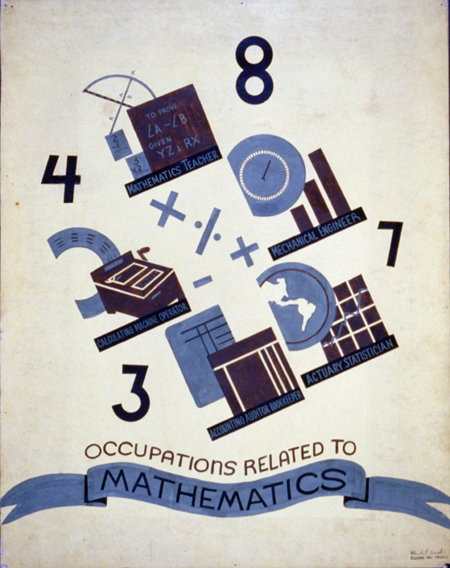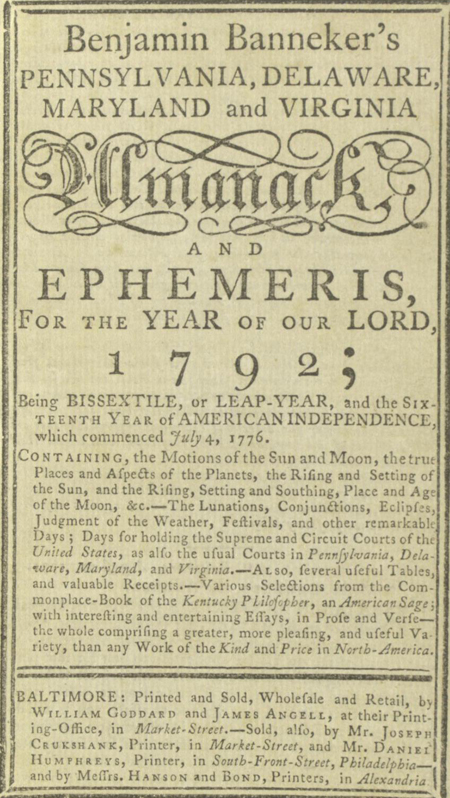Guided Primary Source Analysis: Black Women Achievements Against the Odds
Look closely at this source and respond to the questions below. Where is your eye drawn to first? Next? After? What do you notice about the source’s design? What, in particular, stands out to you? Why do you think this source was created? How do you know? (Be sure to point to evidence from the…

